As soon as the Smithsonian Faculty Fellowship cohort arrived at the Donald W. Reynolds Center…
Our second session found us at the National Museum of American History (NMAH) where two fascinating presentations provided Fellows with a deep look at how museum staff work to collect, develop and curate collections and exhibits, always with the goal of engaging and educating visitors.
The afternoon began with a presentation by Dr. Theodore Gonzalves, Curator of Asian Pacific American History, Division of Cultural and Community Life, National Museum of American History (NMAH). His presentation, “Curating American Cultures: Representing Asian Pacific American Histories and Entertainment Nation” provided a look at the multitude of ways a museum curator is involved in research, collection development, and engaging the public through exhibitions and programming. Using a variety of items in the NMAH collections to illustrate, Dr. Gonzalves demonstrated how a collection is a valuable source of research as it can help us understand how and why objects have evolved over time. How does interpretation change over time? What pushes new understanding? Does the object change our understanding, or does our understanding change the object? Or is it both? All of these are questions that can be used to generate deeper understanding.
Dr. Gonzalves reminded us that objects represent stories, and it is through the collecting and retelling of these stories that our history is persevered to be studied and understood. This understanding will foster an appreciation for what all groups bring to the American story. The topic of representation was covered as he spoke to a variety of symbols we see in popular culture and the kinds of reactions they evoke. His presentation was rich with examples that allowed Fellows to better understand the ways in which an exhibit can be a powerful learning experience for students.
A subsequent tour of the exhibit, Entertainment Nation, allowed the group to engage with many of these objects and stories and better understand how entertainment has provided and continues to provide a forum for dialogue about national identity. While touring this exhibit, visitors are prompted to consider who we are, who we want to be, and where we are headed. How has our cultural identity been shaped through entertainment we enjoy in sports, in theatre, in television and music? How has entertainment helped us evolve?

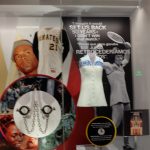
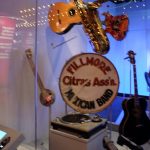
L to R: Dr.. Theodore Gonsalves, objects form the worlds of sports and music. All photos taken in NMAH.
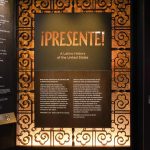
Our next stop was the new Molina Family Latino Gallery where we were met by Melissa Perez, Program Coordinator, GM Learning Lounge, National Museum of the American Latino (NMAL). This gallery is the first physical presence of the Museum of the American Latino, and its opening exhibit, Presente! A Latino History of the United States, aims to provide visitors with an introduction to some of the critical concepts, events and stories that have played a role in shaping the historical and cultural legacy of Latinos in the United States.
Beginning with the exhibit chronicling Colonial Legacies, Ms. Perez’s detailed tour of the gallery provided an in-depth look at the complex, multifaceted stories and events that are part of Latino history in the United States. This was followed by looking at exhibits on Wars of Expansion and Stories of Immigration. Within each section, she called our attention to key objects and stories which enriched our understanding. For example, in the last section, Shaping the Nation, the highlighted object is the Tree of Life crafted by Veronica Castillo. Made from clay, the center trunk of the tree rises up, and spreads into branches adorned with figures of significant Latinos and Latinas, and is decorated with birds, flowers and other objects which are meaningful and part of the story. For example, birds perched throughout represent the national birds of the many countries who are part of the Latino history of the United States. Monarch butterflies, long associated with migration, are another powerful symbol.
.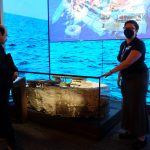


L to R: Melissa Perez and boat used by two men fleeing Cuba, chronicling the history of the Sugar Industry in the Caribbean, Tree of Life by Veronica Castillo, all photos taken in the Molina Family Latino Gallery, NMAH.
Throughout both presentations, there was ample time for questions and conversation, making it another wonderful afternoon.


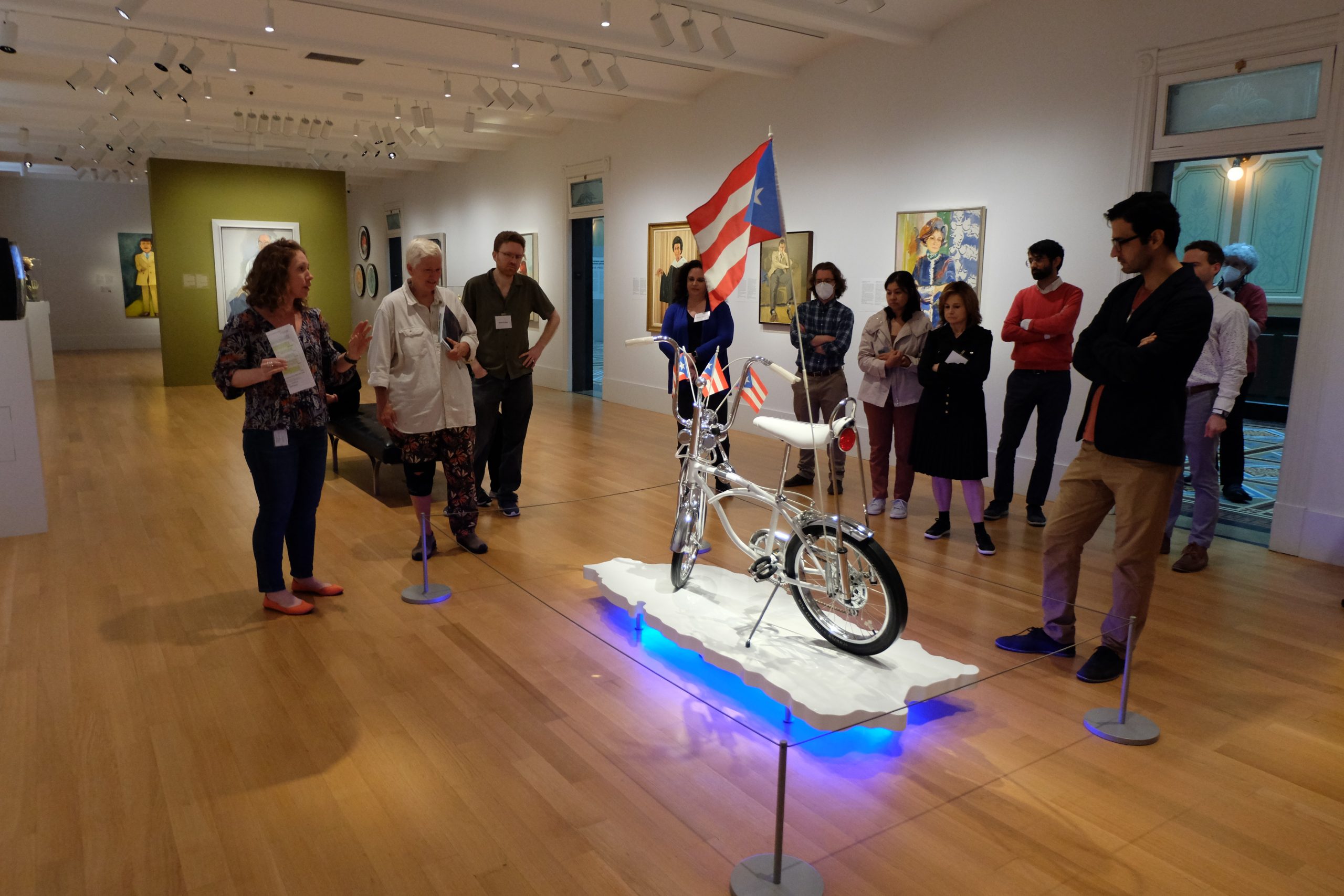
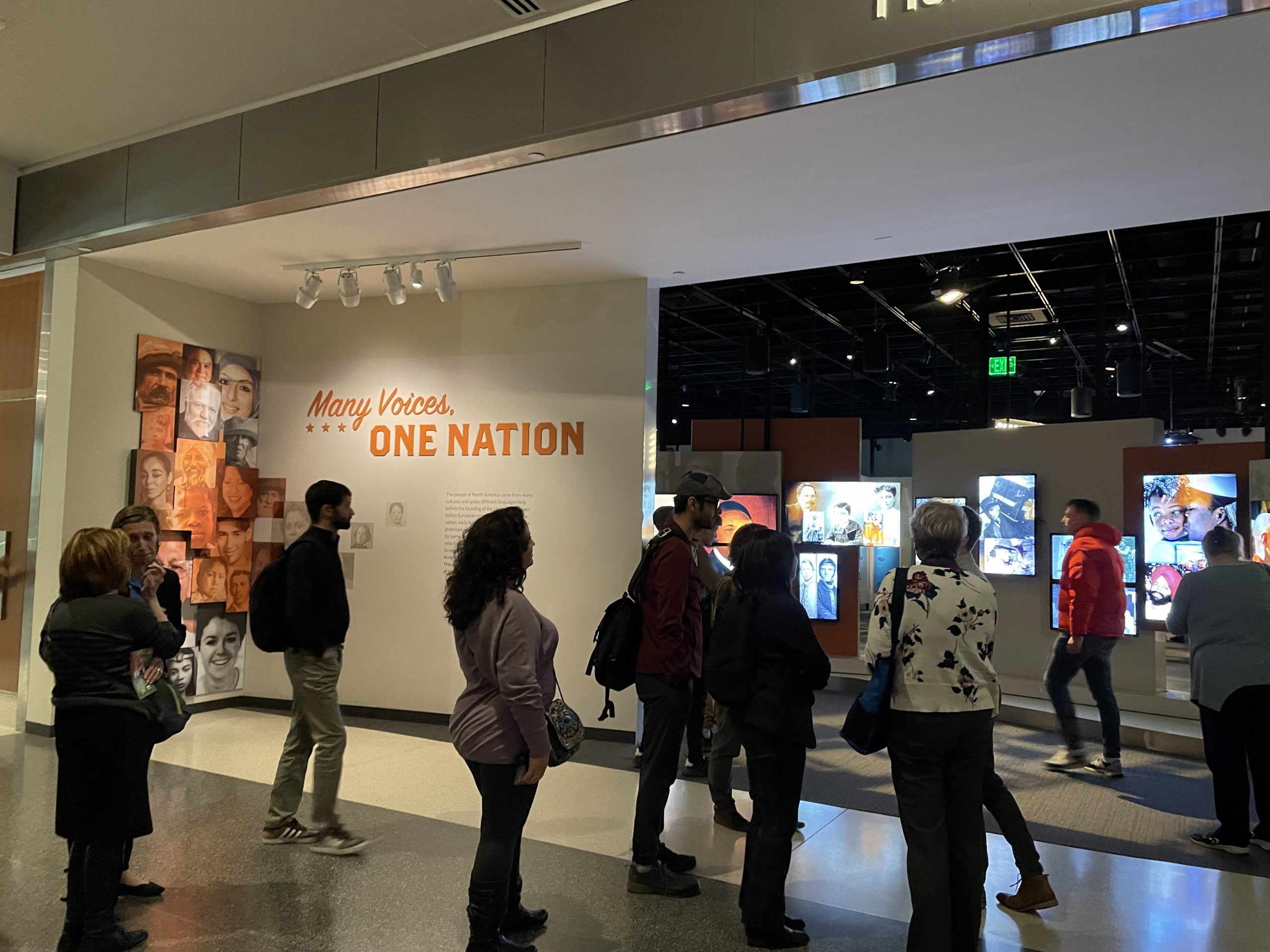
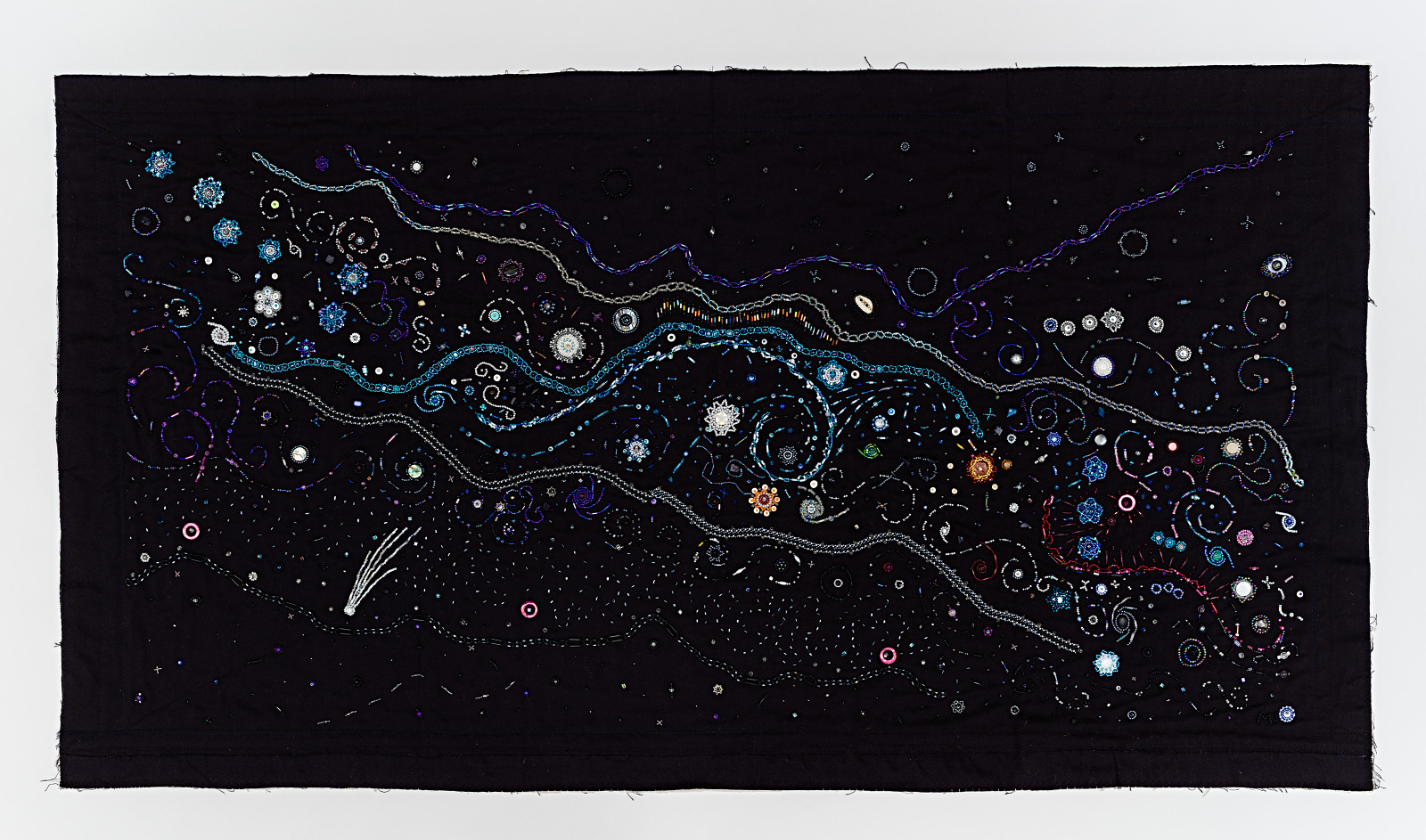
This Post Has 0 Comments